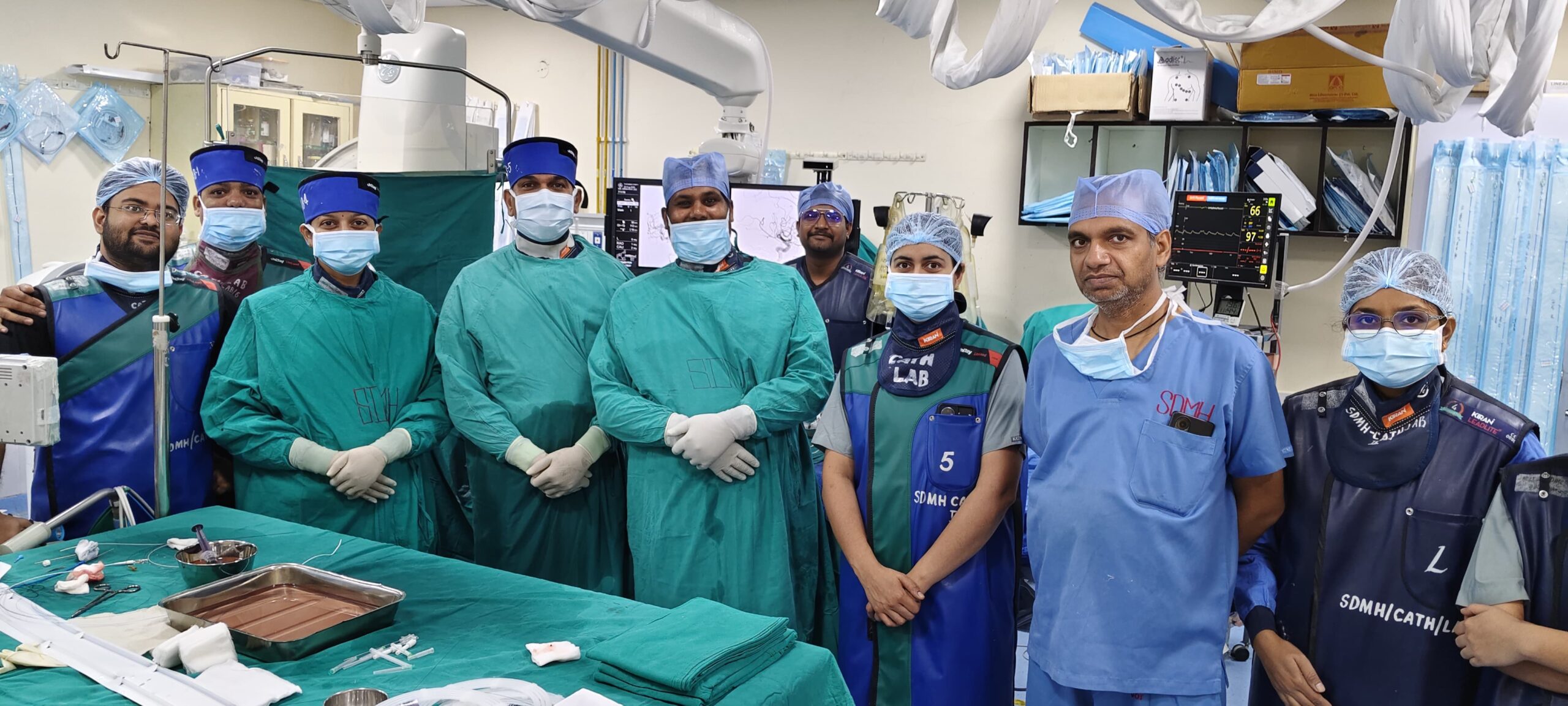Subtotal ₹0.00
Shopping cart
- drsharmadp@gmail.com
- B-434, Pradhan Marg, Vidyut Abhiyanta Colony, Malviya Nagar, Jaipur (Raj.)
Pediatric & Neonatal Neurointervention is a highly specialized, minimally invasive medical service that focuses on treating rare but serious vascular problems in the brains of infants and children. Dr. D.P. Sharma (MBBS, MS, M.Ch Neurosurgery, Fellow Endovascular Surgery) provides expert care using advanced endovascular techniques to ensure the best possible outcomes for young patients.
Definition:
A Vein of Galen Malformation (VOGM) is a rare vascular condition where abnormal blood vessels connect directly to a major brain vein, causing increased blood flow and pressure. It is usually diagnosed in newborns or infants.
Symptoms:
Why it’s done:
Early treatment is crucial to prevent heart failure, brain damage, and developmental issues.
Process:
Using advanced imaging guidance, Dr. Sharma performs endovascular embolization with materials like coils, Onyx, or glue to block abnormal vessels and restore normal circulation.
Recovery:
Most babies require close monitoring in neonatal intensive care. Recovery depends on the severity of the malformation and associated conditions, but early treatment often improves outcomes.
When to consult doctor:
If your newborn shows signs of abnormal head growth, seizures, or breathing/cardiac issues, immediate consultation with a neurosurgeon is essential.
Definition:
A Pediatric AVF is an abnormal direct connection between an artery and a vein in the brain or spinal cord, bypassing the normal capillary network.
Symptoms:
Why it’s done:
Untreated AVFs may lead to brain hemorrhage or long-term neurological damage.
Process:
Through a small catheter inserted into the blood vessel, agents like glue, Onyx, or coils are delivered to block the abnormal connection safely.
Recovery:
Children usually recover well with hospital observation for a few days. Long-term follow-up ensures proper brain development.
When to consult doctor:
If your newborn shows signs of abnormal head growth, seizures, or breathing/cardiac issues, immediate consultation with a neurosurgeon is essential.
Definition:
A CCF is an abnormal connection between the carotid artery and the cavernous sinus (a vein located behind the eye).
Symptoms:
Why it’s done:
Treatment is required to prevent vision loss, brain swelling, or intracranial bleeding.
Process:
Endovascular techniques are used—either with a balloon, coils, glue, or Onyx—to close the abnormal connection while preserving normal blood flow.
Recovery:
Most patients notice improvement in eye symptoms within days. Follow-up imaging ensures long-term success.
When to consult doctor:
If your child has sudden bulging eyes, visual changes, or abnormal head sounds, consult a neurosurgeon immediately.
Dr. Sharma uses world-class minimally invasive techniques including:
These methods allow precise treatment with minimal risk and faster recovery.

With extensive training in Endovascular Neurosurgery and years of experience treating complex pediatric brain conditions, Dr. D.P. Sharma ensures safe, evidence-based, and compassionate care for children and infants requiring these delicate procedures.
Expert care for brain, spine, and nerve conditions—your path to recovery starts here.
Yes. These procedures are minimally invasive and designed to reduce risks compared to open surgery. Safety is enhanced by advanced imaging and embolization techniques.
Success rates are high when treated early, though outcomes depend on the severity of the malformation and associated complications.
Most children recover within a few days to weeks, but long-term monitoring is necessary to ensure normal brain and developmental growth.

WhatsApp us !